On the heels of a big win with the award to Nashville of the new Major League Soccer franchise, plus several court rulings in her favor to build a stadium on the Fairgrounds to house the professional soccer players, Megan Barry has made her number one priority in 2018 to gain approval to build out her 20th century transit plan for Nashville urbanites.
“You know, looking forward, it is all about getting people to be excited about transit and then willing to pay for it,” she told WKRN Wednesday, adding:
By 2040, we are on track to have another million people here, so our traffic is probably as good as it is gonna get today. It is just gonna get worse tomorrow and the next day and the next day, and this plan addresses that.
The plan – unveiled October 16 – is dubbed “Let’s Move Nashville.” It touted an introductory price tag of $5.4 billion, and was almost immediately revised to $5.6 billion a month later. The ambitious transit overhaul has had a less-than-warm reception by community groups and professional analysts alike.
As The Tennessee Star reported shortly after its introduction, Manhattan Institute scholar Aaron Renn excoriated the proposal as “making no sense.”
Renn, who specializes in urban issues and economic development, wrote “reasons are obvious” why the plan wouldn’t work:
“Nashville is a very sprawling city with highly dispersed origins and destinations of traffic,” he said. “It lacks the gigantic downtown employment centers of New York or Chicago that are well-suited to transit.”
Nashville is a city built around the car and is not among “a very limited quantity of districts designed in a transit oriented way,” Renn wrote, noting that “even huge and relatively dense Los Angeles has been unable to grow its transit ridership despite a massive investment in a vast rail network.”
Renn maintains that “transit and the auto are not good substitutes.”
“Rail transit works best with high density, pedestrian oriented streets, very limited parking, high cost of driving (tolls, parkings), and terrible traffic congestion,” he wrote. “So not only will transit not reduce traffic congestion, you almost need more of it to make transit work better. A city that tries to be halfway auto oriented/halfway transit oriented will work well for neither.”
Days later, The Star reported that the left-leaning grassroots group, People’s Alliance for Transit, Housing and Employment (PATHE), voiced their opposition to the proposal, saying, “light rail is meaningless if most of us can no longer afford to live along the routes,” adding:
While no one denies that our public transit system needs major expansion, we still have not been presented with a plan that addresses the most pressing crises facing our communities, mainly economically distressed neighborhoods and residents. The experience of other cities, including Denver and Atlanta, has shown that without explicit community benefits (or equivalent measures) legally written into or alongside major transit projects, there are unintended, devastating consequences for everyday people. These include dramatic cost of living hikes along new transit corridors, mass displacement of poor and working-class residents, closing of small businesses, land grabs by private investment firms and developers, and loss of bus services in neighborhoods that need it the most.
Perhaps the most high-profile criticism of the mass transit plan came in November from the CATO Institute’s Randal O’Toole, who wrote a critique of the Nashville plan – along with San Antonio’s and Tampa’s – in the pages of the Wall Street Journal. O’Toole wrote:
These proposals are questionable at best and reckless at worst, given that transit ridership – including bus and what little rail these regions have – is down in all three jurisdictions. This is a nationwide trend: Data released this week by the Federal Transit Administration shows that ridership is falling in nearly every major urban area (with Seattle as a notable exception)…
The main reason for this drop-off is that low gas prices and ride-sharing services have given people better options. Census data show that 96% of American workers live in households with at least one car, and anyone with a smartphone can summon an Uber or Lyft.
That said, transit ridership has been sliding for decades as jobs have become less highly concentrated in city centers. Since 1970, the number of transit trips taken per urban resident has fallen more than 20%. Outside the areas of New York, Boston, Chicago, Philadelphia, San Francisco and Washington, transit carries less than 1% of passenger travel. This belies the claim that mass transit is vital to urban economies…
The transit industry has compounded its problems by going heavily into debt, allowing unfunded pensions and health-care obligations to snowball, and failing to maintain the rail lines they already have. According to the Department of Transportation, the nationwide transit maintenance backlog is approaching $100 billion, causing exactly the problems you’d expect: derailments of New York City subways, slowdowns of Chicago’s elevated train, smoke in Washington metro tunnels, and other operational and safety issues. Even if all the money now spent on new construction were redirected to maintenance, according to the department, it would take 20 years to rehabilitate America’s rail transit systems.
Instead of spending billions on new rail lines, cities like Nashville, San Antonio and Tampa ought to use buses to move people faster, more safely, and for far less money. Rail is simply a bad investment.
That’s especially true given the bets being made by companies like Ford, Google and Uber on driverless cars. Some analysts predict that by the middle of the next decade, calling a driverless car will be as easy as hailing an Uber today. Why walk in the heat or cold for a bus or streetcar when you can hail a driverless car to your door for less money than the transit fare? Nashville’s first light-rail line won’t even open until 2026. By then, who’s going to want to use it?
Just a handful of days after O’Toole’s analysis was published, Spencer Levy, the chief global economist for commercial real estate giant CBRE, told the Nashville Business Journal in a November 16 interview that his views on urban mass transit plans had evolved, and he no longer believes ‘the more mass transit, the better.’
“Technology is moving so quickly, many places now are foregoing certain types of transit-oriented development — and even parking garages — because of the ability to get around town with Ubers and and where self-driving cars likely will be in 10 or 15 years,” he told the Nashville Business Journal.
However, Levy couched his remarks saying he still wants cities to invest in infrastructure, but to think hard about the needs of today.
“The type of infrastructure you need to build is definitely changing,” he told NBJ. “The need for parking and for trains may be lessening over the longer term.”

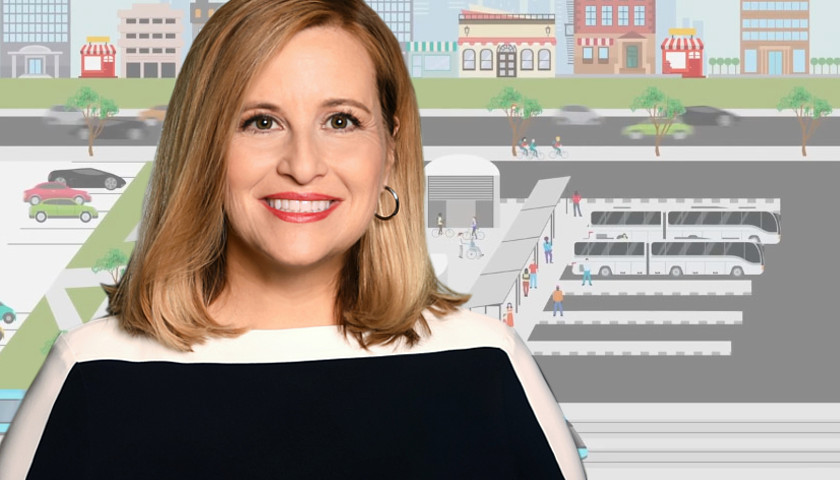



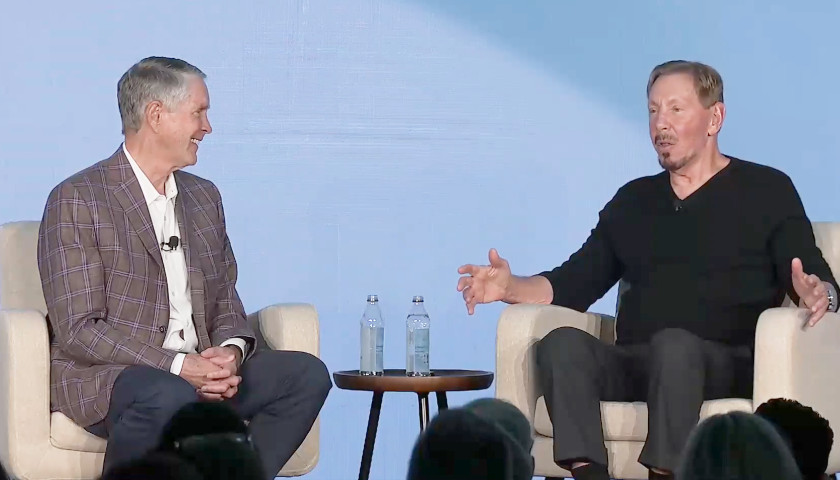
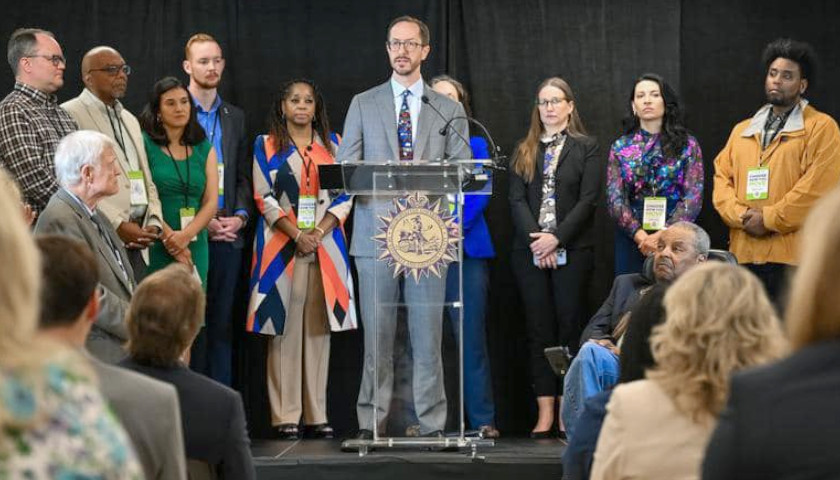
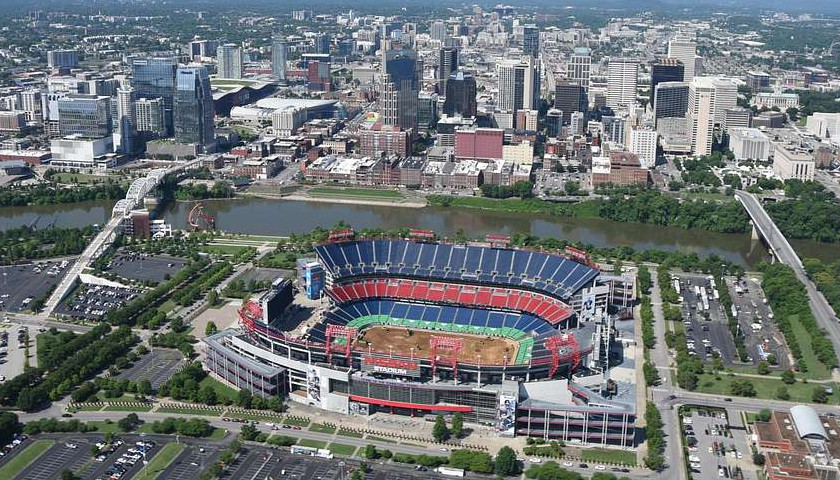
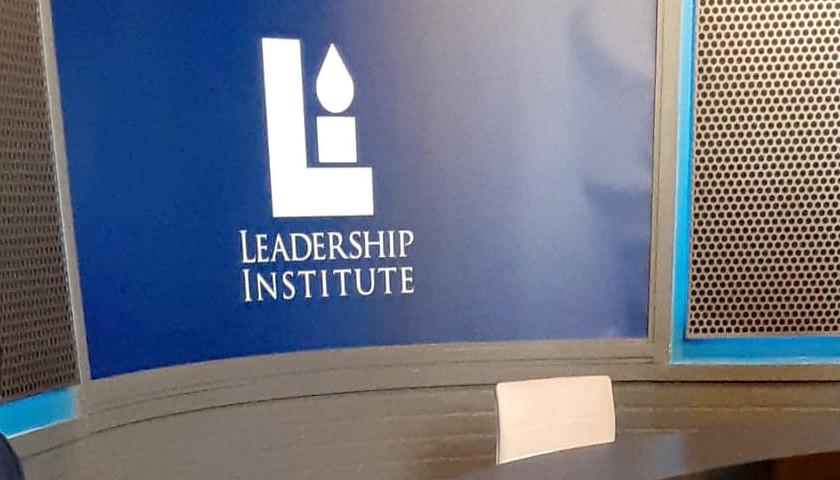
Amazing what they can do with Photoshop these days.